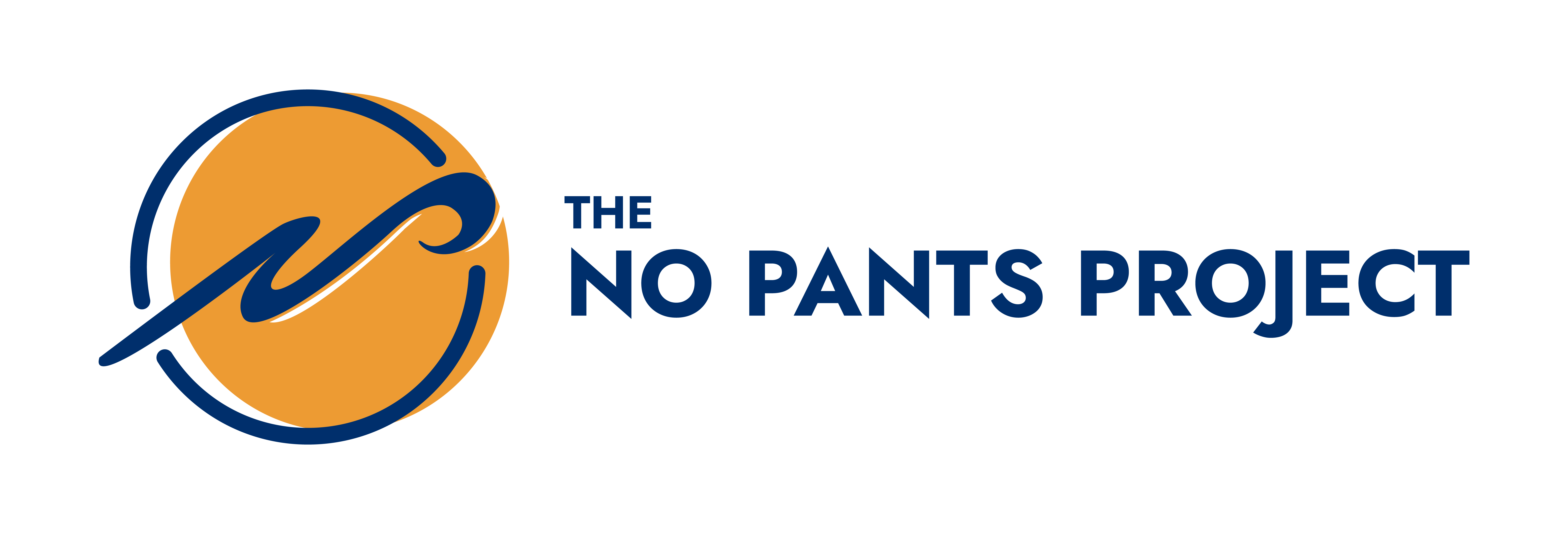More than 53 million Americans—that’s one in three workers—are now earning income from sources other than the traditional 9-to-5. The U.S. Bureau of Labor Statistics calls it “the Industrial Revolution of our time.” That’s a big shift!
Yet while freelancing has become a widely accepted way to make a living, those who do it cite finding work and income stability as the top two barriers to doing more freelancing work.
Freelancing, for many people, is feast or famine; there’s either so much work you barely have time to stop and shove a sandwich in your mouth for lunch, or things are so quiet you’re making back-room deals to sell your soul to the freelancing devil to bring clients in the door.
Wouldn’t it be great to turn the freelancing rollercoaster into a less tumultuous ride, one where your income is consistent from month to month? It’s not impossible, but to do it requires you to break free of the “gig mentality” and start thinking in terms of ongoing, long-term relationships.
In this post, we’ll share our fool-proof steps for turning one-off freelancing projects into ongoing sources of income so you can build a true career, not just a side hustle.
Shifting Your Perception
There’s a rush that comes when you first start freelancing; it’s a high when you realize people will actually pay you to do what you love.
And you’ve probably got a fire under your behind, too. You’re raring to go, eager to pick up more clients which will mean more money in your pocket. What better way to build a solid income from freelancing than to pick up as much work as you can, right?
Wrong. Womp womp.
This is where most freelancers get it all wrong, and why so many can’t seem to get over the hump of leaving their 9-to-5. More clients is not the answer. Instead, fewer clients that pay you more each month, every month is the way to build a truly profitable freelancing business.
Embracing this new perspective is essential if you’re going to make the steps below work for you. Got it? Awesome. Let’s get started.
Seek Out Your Ideal Client
When you’re bouncing from gig to gig, client to client, it’s easy to take any project that crosses your desk. Even if the client sucks, you reason, it’s only temporary. You’ll do the work, get your paycheck and get out of there.
But this is the mentality that sets you up to get stuck doing one-and-done work over and over again.
Instead of thinking of it as a one-time project, approach every gig as if it’s going to be a lasting engagement.
Sit down with a piece of paper numbered one through five. Now, write out five characteristics of your ideal client. What does the perfect client relationship look like? A few ideas might include ‘communicates clearly’ or ‘doesn’t micromanage’ or ‘pays on time.’
Got your perfect qualities?
Now, on the other side of the paper, write out the five things you absolutely won’t stand for in a client. These are going to be your non-negotiables. These might be things like ‘doesn’t respect boundaries’ or ‘difficult to communicate with’ or ‘cheap.’
The point of this exercise is to get ultra-clear on who you want—and don’t want—to work with. After all, if you’re taking on bad clients, you’re filling up precious space and time that could otherwise be reserved for amazing ones!
When a client displays one of your five ‘no-no’ characteristics, you’ll know turning down the work is the right thing to do. And when a great client crosses your path, you can move effortlessly to the next step in the process.
Do Exceptional Work
Listen, if you’re not already giving 110%, you’re not going to last very long in the freelance game. There are too many other people who want it more and are willing to work harder to land the work.
Give each job your all and then some—even the small ones.
It’s important to keep in mind the reason clients hire freelancers: to get a job done, yes, but also to make their lives easier. Great clients are willing to pay a premium for great work done without hassle.
When you show a client that working with you is effortless, it makes saying ‘yes’ to a long-term engagement a no-brainer on their part.
Make It Known That Your Time Is Valuable
Like many freelancers, I worked at an agency before striking out on my own. It was invaluable in many ways, namely that I got an inside look at how multi-million-dollar businesses get and keep clients.
At my agency, we’d take on project work, but it was always made abundantly clear that retainer-based clients came first. You can use this same tactic in your work.
Of course, this doesn’t mean you should brush off or belittle clients who only want a one-time project. That’s how many long-term relationships first start. But you can choose your words carefully in a way that conveys that your time is valuable, and repeat clients get more of it.
Here are a couple example scenarios:
- Instead of picking up the phone any time a one-off client calls, encourage them to use an online scheduling tool to book a meeting with you. Say this: “I think both of us could really benefit from a monthly contract. For retainer-based clients, I’m able to offer a regularly scheduled one-hour call each week that’s fully dedicated to you.”
- A client is asking for add-ons that go beyond the scope of the original project. Say this: “I’d be happy to complete those additional items at an hourly rate of $X, though I think a monthly retainer might be more cost-effective for you moving forward. That way I’m better able to accommodate requests like this without charging an hourly fee.”
Be On The Lookout For Opportunities
Here’s where you’re going to do a little extra legwork.
Though you might only need minimal background information to complete the project you’ve been hired for, go out of your way to learn as much as possible about the client, their business and their unique needs.
Ask what their biggest challenges are and where they’re struggling. Learn about the decision makers and key players within the company. Be genuinely curious in conversation and ask follow-up questions to learn more.
What you’re looking for are areas of opportunity: places where you can use your services to make their lives easier or their business more profitable. Keep notes of what you come up with through the duration of your project. The more you do this, the more it’ll become second nature.
Remember, customers don’t buy services; they buy solutions to problems. Seek out your clients’ problems and find a way to be the solution.
Pitch Them
You’ve gone above and beyond doing a great job, shown the value of your time, and identified a few key spots where you could help the client out even more. You didn’t do all this work to sit back and wait for them to ask for your help—you did it so you can make an irresistible pitch!
I’ve been in the freelancing game for three years, and almost all of my repeat work comes from pitching my ideas to clients.
Think about it from their perspective: they’re not going to actively seek out ways to pay you more, but if you can show them how working with you will make them money, it becomes a deal that’s too good to pass up.
Your pitch is where you’ll take the problems you identified and put them into concrete solutions and quantifiable results.
Here’s an example of a pitch you might make as a gig is wrapping up:
Dear Client,
As we put the finishing touches on your new social media graphics, I wanted to share a few suggestions for keeping the momentum going once this job is complete. I think your marketing department could benefit from incorporating a few ongoing digital marketing services:
- A monthly social media calendar will help build brand awareness among the 25- to 45-year-old demographic, which I know is an important one for your brand.
- Strategic social media advertising will help increase conversions on your site. My work with other clients in this area has shown an ROI of between 200 and 300% on every ad dollar spent.
I’d love to put together a proposal to help your company with these items. Is there a time next week we could chat more about the direction you’re headed over the next 6 months? I’m excited about the prospect of helping you move closer toward your goals!
I randomly picked social media consulting as the subject for this pitch, but you can take the same structure and use it for whatever type of freelancing work you do.
Your pitch needs to have the following components:
- Clear, specific suggestions for what you want them to hire you for. I used bullet points to recommend two very specific services.
- A demonstration of your knowledge of their industry. I pointed out an important demographic and told them exactly how to reach it.
- A payoff. What are they going to get from taking your advice? I gave an example of my prior work that doubled or tripled my client’s investment.
- A request to take the next step. Whenever possible, get them on the phone or Skype to continue the conversation. Part of being a freelancer is selling yourself, and talking live is the most effective way to do it.
“But I’m not a salesperson!” you might be saying. And that’s fine—I got into freelancing so I’d never have to resort to sleazy sales tactics to meet some quota for a boss.
It helps to look at it not as sales, but as building value. This whole process is built around finding ways you can help the client—making them more money, making their day-to-day life less of hassle, and so on. When you show them how much value you’re going to bring, there’s no arm-twisting or sleazy selling required to land the deal.
Follow Up
The average sale requires five follow-ups. Five!
If you don’t get a ‘yes’ on the initial pitch, don’t close the door on the relationship. There can be any number of reasons for a ‘no’ that have nothing to do with you, from budget timelines to shifts in staffing to life simply getting in the way. These things can easily shift in your favor six months down the road.
Keep the relationship friendly and the lines of communication open. Check in periodically to keep your name at the top of the client’s mind.
One thing I like to do is keep an eye out for news articles and blog posts that are relevant to former clients. I can then send it their way with a message like, ‘saw this article and thought you’d find it interesting!’ which gives me a great segue to refresh the conversation.
You’ve now got all the tools you need to turn one-time clients into long-term contracts. Ready to take the next step toward quitting your 9-to-5 for good?
If you would like to build your own 90-day plan to achieve a full-time, profitable freelance business, come join us in The No Pants Project.












